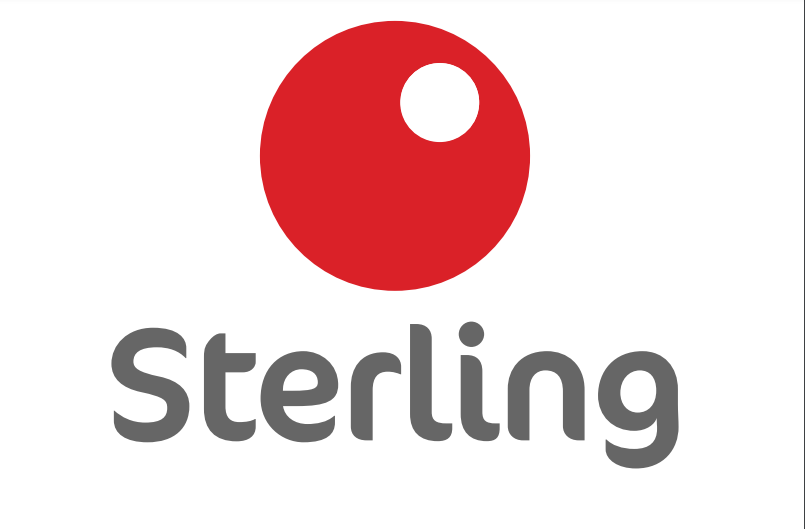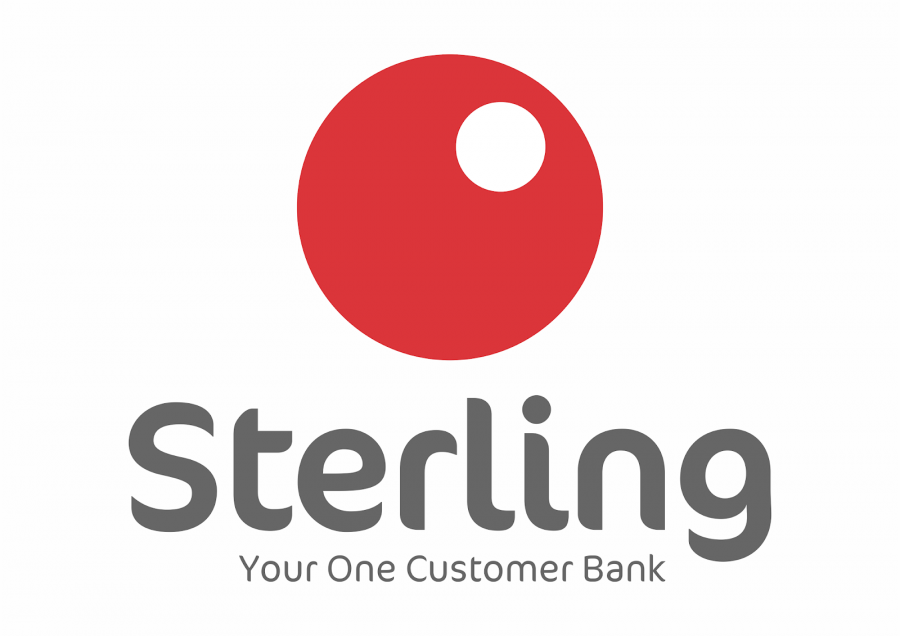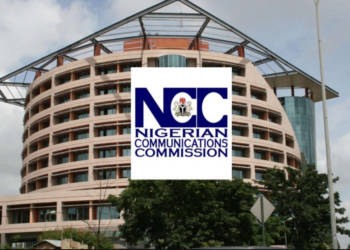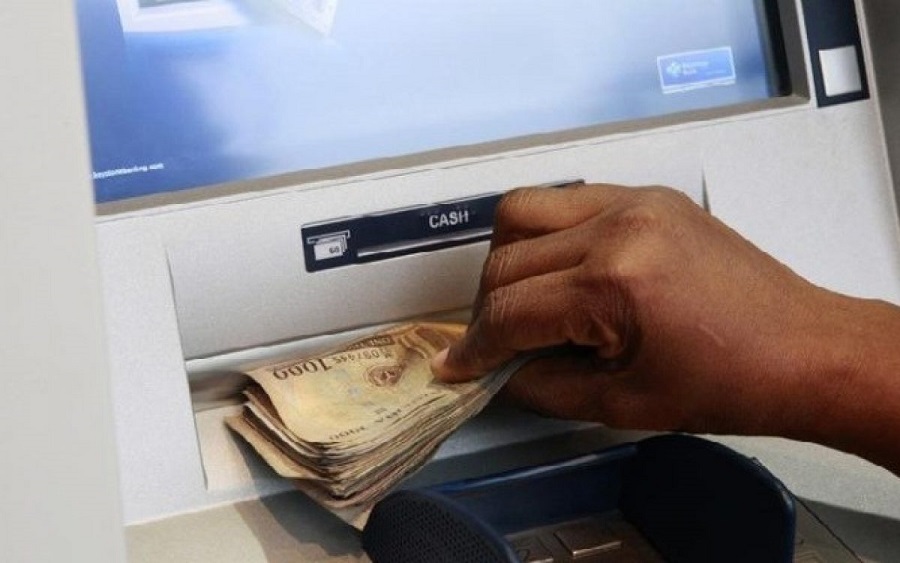The continuing economic crisis and lull in activities triggered by the unprecedented corona-virus outbreak has manifested itself it terms of decreased activities; causing a dip in commercial bank’s lending operations and having negative impacts on their bottom line. These predicaments have necessitated banks to assess their risk portfolio and accord grave attention to the growing puzzle of capital adequacy, profitability, liquidity and credit quality.
Regulatory mandates have also directly worsened commercial bank’s ability to generate substantial non-interest income (fees and commission) in the short run. CBN’s new bank charges which took off on January 1, 2020, saw card maintenance fees and electronic transfer fees reviewed downwards.
Access financial data from Nairametrics on Nairalytics
In the case of Sterling Bank, the impact is mammoth, evidenced in the disparity between the N4.1billion derived in Q2 of 2019 and N2.4 billion obtained in Q2 of 2020. The spirit of these legislations are to ensure a more structured and stronger institution, but their negative impacts on cash flow for these commercial banks cannot be overplayed.
Sterling Bank made N5.4 billion in profit for the Half-year 2020. This falls shy of the N5.7 billion posted in the corresponding period of 2019. The bank also maintained a loan to deposit ratio of 68.2% in Q2 of 2020, and further met capital and liquidity requirements at 15.2% and 33.5% respectively. All above the benchmark
READ: STERLING BANK: Reduced fee income, weak operating efficiency drives steep decline in pre-tax profit
The Tier-2 bank improved its interest income by 9.6% between Q1 and Q2 despite the apparent economic hindrances caused by COVID-19. However, a high-interest expense remain genuine cause for concern. STERLING’s proportion of interest expense to interest income is at 40.9%. Whilst this may seem optimal to an onlooker, it provides inclination that the Tier-2 bank was not able to generate sufficient ‘cheap’ deposits and borrowings to run its business with. Despite customer’s deposit increasing by 2.5% from N892.7 billion in 2019 to N915.2 billion in 2020, these apparently were at high-cost; costing the bank significant interest. Notes to the account in the financial statement reveal the interest payments on deposits forked out, as a staggering N9.5billion.
READ: Startimes, DStv, Others adjust prices as Nigerian businesses battle tough economic conditions
There are positives – Causes for optimism
Net trading income increased from N717 million to N3 billion due to gains from treasury bills and bonds.
Interest expense reduced from the N15.6 billion constituting 51% of the interest income in 2019 to N12.5 billion Q2 2020 constituting 40.9%.
Operating expenses (OPEX) were handled much well as report shows consistency in reduced cost levels, recording N16.9 billion in Q2 2019, N16.6 billion in Q1 2020 and now N15.6 billion for Q2 2020. It is logical to expect OPEX to finally fall below the N15 billion mark by FY 2020.
The Chief Executive Officer (CEO) of Sterling Bank Plc, Abubakar Suleiman whilst commenting on the Bank’s performance, explained how the Bank steered the tide this period. He was quoted as saying, “we responded to the uncertainty by doubling down on cost optimization while leveraging our existing remote work policy to keep our workforce productive without risking COVID-19 infection. Notwithstanding rising inflation, we were able to moderate expenses during H1 2020 to deliver a net profit comparable to the first half of 2019. “
The future with this pandemic remains unpredictable. Predictive expectations for subsequent quarters are made without the accustomed confidence exhibited in prior years and thus should be taken with a pinch of salt.
But should Sterling bank continue their sterling task of effectively managing and reducing their huge costs, Quarters 3 and 4 should be even better, profit-wise.




















